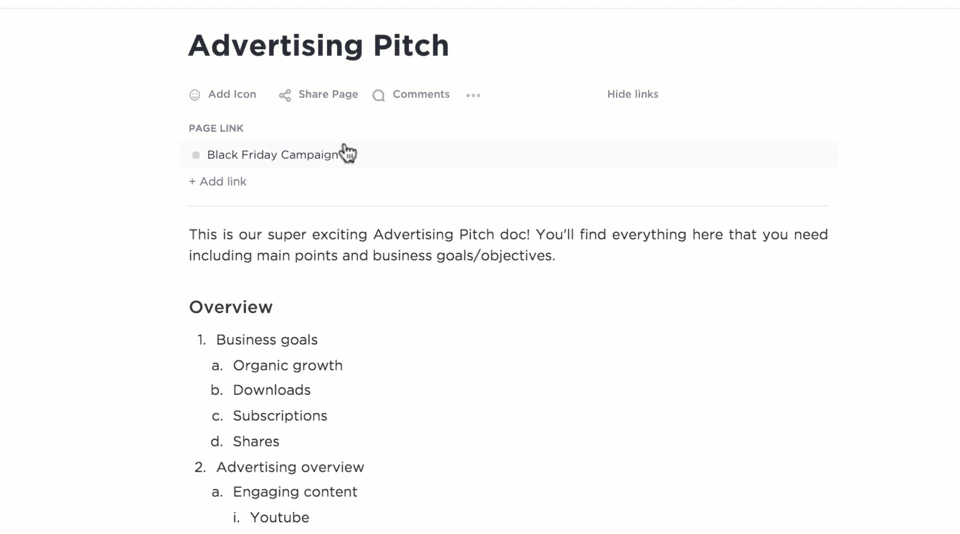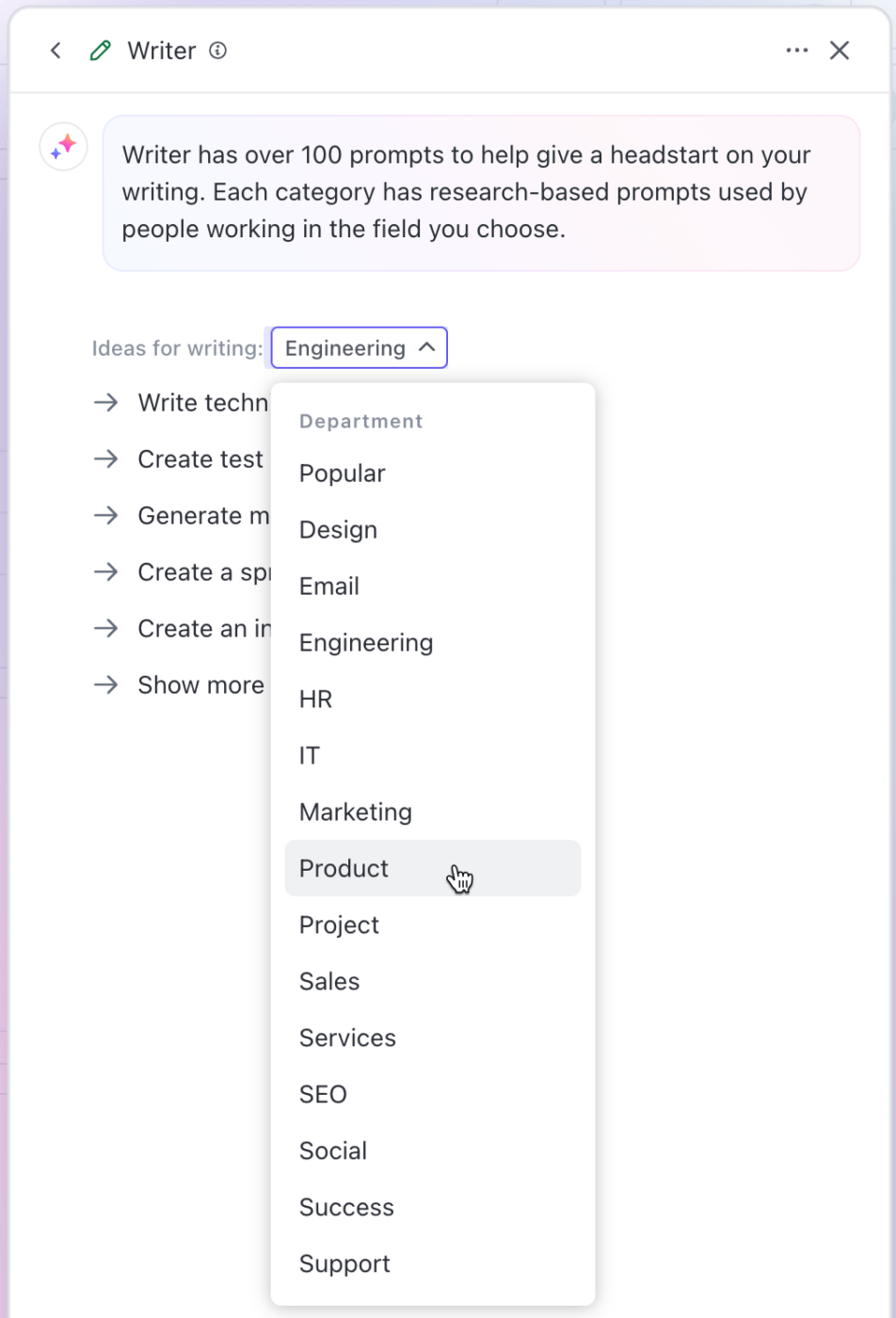How to Organize Pages in Microsoft Word

Sorry, there were no results found for “”
Sorry, there were no results found for “”
Sorry, there were no results found for “”

Over 70% of Fortune 500 companies have adopted Microsoft 365 globally. Microsoft tools are easy to use, and most people, from students to seasoned professionals, are familiar with them.
However, many users are unaware of lesser-known tricks and features that can significantly enhance their productivity when using Microsoft tools.
For example, mastering page organization in Microsoft Word can transform your documents, transforming clutter into clarity. Understanding how to format page numbers, rearrange an entire page, and apply section breaks helps create a professional, readable layout.
This also comes in handy when formatting documents and organizing files and folders. In this blog, we will explore practical techniques for organizing pages in Word for a clean and professional-looking document.
Before discussing page organization, it’s essential to understand a page break. It’s an invisible marker that indicates where a new page begins. There are two types of page breaks:
There are two methods to organize pages in Microsoft Word:

In the Word document:
💡Quick tips:
Also Read: Microsoft Word Hacks to Optimize Your Work

If your MS Word document doesn’t have headers, manually selecting content and pasting it at a new location (or on the next page) makes more sense, as you don’t need to change the page layout.
And that’s all. That’s how you can organize pages in Microsoft Word. But this also has its limitations. Let’s look at those.
While Microsoft Word remains a popular choice for document creation and editing, it has limitations. This is particularly true when it comes to organization, collaboration, and leveraging advanced features like AI.
Here are some key areas where Word might fall short:
Also Read: How to Use AI for Documentation
Organizing pages in Microsoft Word is crucial for enhancing readability, efficiency, and overall document structure. But juggling multiple document creation and project management tools can be challenging.
That’s where comprehensive software like ClickUp comes in. It’s a flexible and customizable platform that eliminates switching between different apps. It allows you to create documents, collaborate with your team, and manage your projects from one place.
Let’s explore ClickUp’s rich feature set together.
As far as Microsoft Word alternatives go, ClickUp Docs offers a refreshing take. It combines the power of cloud-based document editing with the flexibility of a project management platform.
Here’s how you can make the most of ClickUp Docs:
ClickUp’s Project Hierarchy is the core organizational structure that helps you sort your work into easily managed tasks, making your team’s workflow smoother than ever. As your organization grows, so can your Hierarchy.
You get to control access to sensitive information by making items and locations private or shared.

Here is a division of the hierarchy levels:
Namely, the Subtask feature and the ability to define project dependencies have been a game-changer for us, as we frequently work on projects with multiple components, often touched by different members of our teams (or our clients’). Additionally, the Home tab, which offers a comprehensive project outlook has been super helpful in avoiding unnecessary delays in communication or production.
You can attach docs with your tasks by using the ClickUp List View to filter and search specific tasks or items in your Workspace. Attaching documents directly to specific tasks lets you keep all relevant information in one centralized location.

This eliminates the need to search for files in multiple places. The List View also helps search for tasks based on various criteria, such as due date, priority, or assigned team member. This functionality simplifies your workflow and makes it easy to find the exact tasks you’re looking for.
📮 ClickUp Insight: 74% of employees use two or more tools just to find the information they need—while jumping between emails, chat, notes, project management tools, and documentation. This constant context-switching wastes time and slows down productivity. As the everything app for work, ClickUp unifies all your work—email, chat, docs, tasks, and notes—into a single, searchable workspace, so everything is exactly where you need it.

ClickUp Brain, ClickUp’s AI assistant, can enhance your writing and document organization, thus boosting productivity. It leverages natural language processing and machine learning to assist with various tasks.
Here’s how you can leverage this Brain:
So, now you’re a pro at organizing pages in Microsoft Word! Whether shuffling entire pages, mastering the elusive section break, or finally getting those pesky page numbers to cooperate, you have the skills to keep your documents looking sharp and professional.
But let’s be honest—while Microsoft Word is great for document creation, it has limitations. Sure, it helps you with formatting and organizing files, but when it comes to task management, team collaboration, and juggling multiple projects? You will need something more comprehensive.
Imagine a tool that lets you create and share documents and helps you manage your projects, track tasks, collaborate with your team, and more—all in one place.
ClickUp does all that and then some. So, why not level up your workflow with this platform?
Sign up to ClickUp today and leverage its features for more than document organization!
© 2025 ClickUp